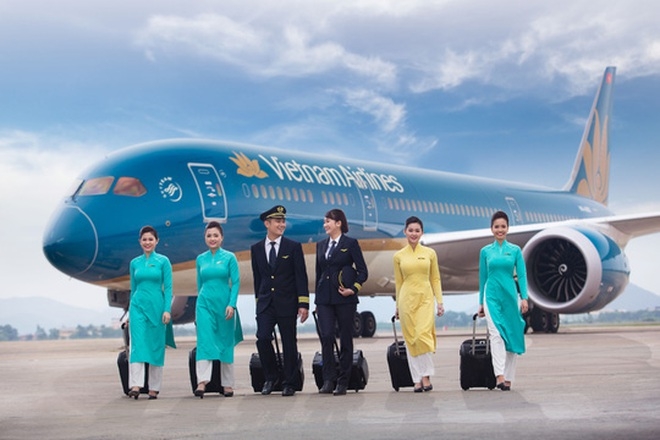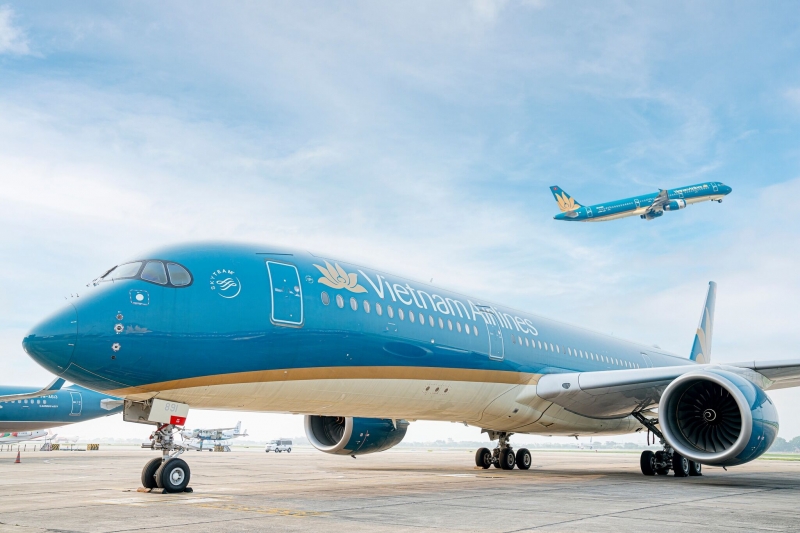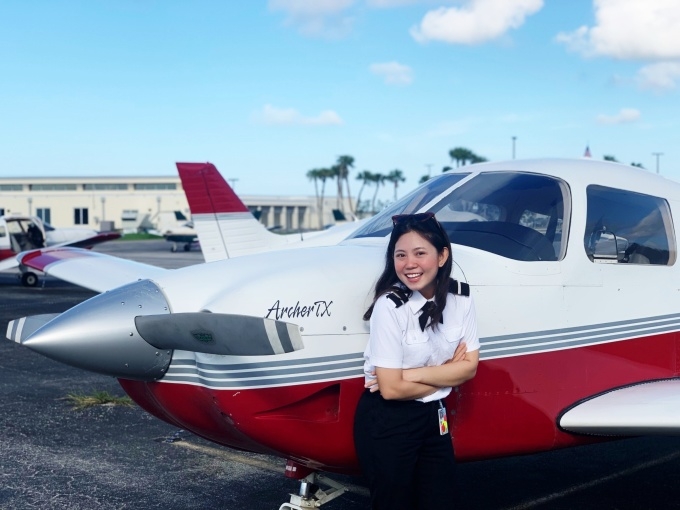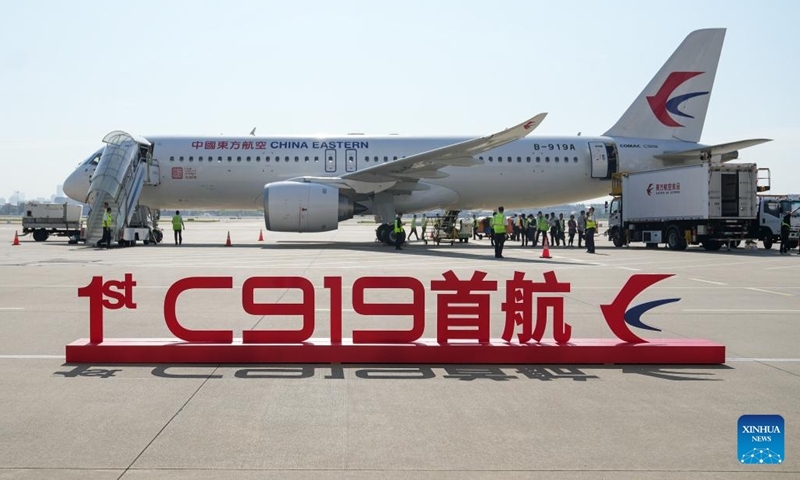Photo: Ryan Fletcher/ Shutterstock
Airbus says airlines based in the Pacific region will receive 920 new aircraft over the next 20 years. The OEM said that around 55% of the demand would be for new growth and 45% to replace aircraft currently in service.
The region needs to replace a lot of older aircraft
These predictions are based on passenger growth of 3.2% per annum, according to the latest Airbus Global Market Forecast. The forecast for new aircraft includes around 750 single-aisle aircraft, like the Airbus A220 and A320 families, and 170 widebodies, such as the A330neo and the A350.
Photo: Airbus
One important thing to remember about these forecasts, be they from Airbus, Boeing, or Embraer, is that the demand they speak of is for all aircraft and not their own sales numbers.
Just to get definitions out of the way, Airbus now presents a forecast for the Pacific as a distinct region, not linked to Asia or Australasia. This Pacific region includes Australia, New Zealand, Papua New Guinea, French Polynesia, Fiji, New Caledonia, and 20 island nations spread around the Pacific Ocean.
Steady recovery in the Pacific
The forecast was presented to reporters on the eve of last week's Melbourne Avalon Airshow by Airbus Chief Representative for Australia Stephen Forshaw.
Photo: Airbus
He said Airbus is seeing a "steady recovery" in global air traffic and renewed confidence in the industry's growth.
"This is particularly evident in the Pacific region, where we're seeing a surge in travel demand and an increase in flights to and from key destinations."
Sustainability is vital in the Pacific
Many Pacific countries are threatened by climate change and rising sea levels, so it's not surprising that sustainability is high on their list of priorities. As a critical player in the region, Air New Zealand has taken up that baton, with CEO Greg Foran saying he wants the airline to lead the world to net zero emissions aviation.
Photo: Airbus
Airbus has clearly demonstrated its commitment to sustainable aviation with a range of projects that touch current and future technologies, including electric, hybrid-electric, hydrogen fuel cell, and hybrid-hydrogen propulsion systems.
Forshaw, Airbus's most senior leader for Australia and New Zealand, touched on that by saying it's a priority for many airlines in this region to ensure air transport can grow sustainably. He added:
"This has become an increasingly important factor when airlines make fleet decisions, and Airbus is well-placed with the modern and comprehensive product line available today, offering a reduction in fuel consumption and emissions of up to 25%."
Older aircraft skipping a generation
Speaking on the sidelines, he told Simple Flying that many older aircraft would need replacing in the next two decades and that quite a few will skip a generation by jumping straight to NEO aircraft, hence the 25% reduction. These could be legacy Airbus A320s or Boeing 737s and some early widebody aircraft.
Discover more aviation news for Australia and Oceania here.
While the new technologies are some time away, Forshaw also said that sustainable aviation fuel is the shorter-term solution, but much needs to be done to make that a viable proposition.
"Looking to the future, we need to increase the production and availability of sustainable aviation fuels in this region and explore new sources of energy, including hydrogen and synthetic fuels.
"This requires a new level of collaboration between all stakeholders involved."
There are 170 Airbus aircraft operating in the Pacific, including A319, A320-family ceo/neo, A330, and A350. Qantas, Jetstar, Virgin Australia, FlySolomons, Aircalin, Network Aviation, and Skytraders operate these.
There are a further 166 on order, including orders for the A321XLR, representing 75% of the total backlog of orders from airlines in the region for all manufacturers.
Boeing has also highlighted that the Asia-Pacific region is a "spotlight destination for aviation services." The company claims that steady economic growth and a growing middle class are steering the requirement for more aircraft in the area. Altogether, the US planemaker expects Asia-Pacific to lead air traffic growth over the next two decades.
Thus, there are excellent prospects to be had across the board for both Airbus and Boeing in this next chapter. The Pacific region will remain an integral engine for the industry in the coming years.
 English
English
 Korea
Korea







